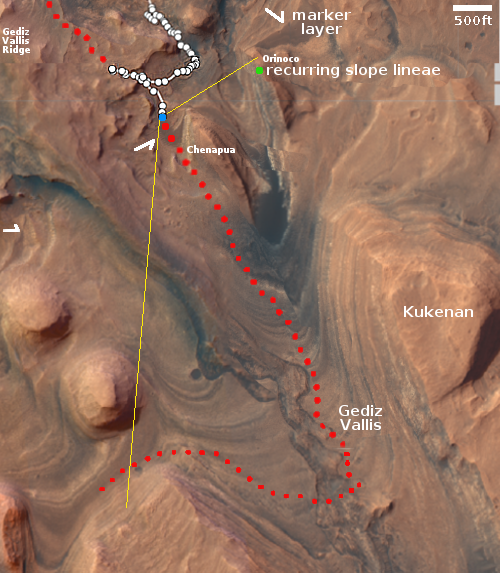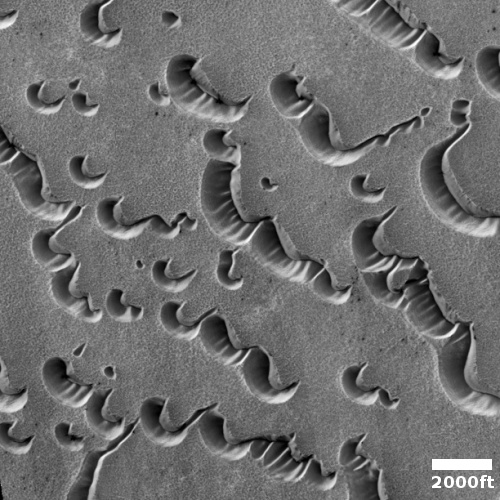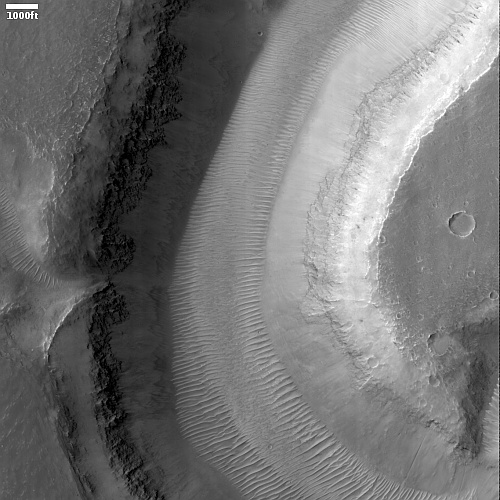Today’s blacklisted American: Court clerk fired despite having valid health and religious reasons to refuse jab

They’re coming for you next: Today’s blacklist story is only one of tens of thousands, but it illustrates starkly the cruel and vindictive intolerance of the petty dictators who now run American society. It doesn’t matter if the jab doesn’t work. It doesn’t matter if you have valid health reasons for avoiding it. It doesn’t matter that you have religious beliefs. It doesn’t matter if you offer to be tested frequently to prove you aren’t sick. It doesn’t even matter that no mandate has been imposed by the local government.
The boss demands you to get jabbed, and if you dare to refuse, the boss will fire you.
Less than three years from retirement, Kitsap County court clerk Tammy Duryea was terminated in 2021 from her job because she did not wish to get the COVID shots for both health and religious reasons.
She has now sued, but her chances of victory are quite slim, especially since it was the court judges, led by Judge Claire Bradley, the presiding judge of the District Court, who imposed the shot mandate.
» Read more

They’re coming for you next: Today’s blacklist story is only one of tens of thousands, but it illustrates starkly the cruel and vindictive intolerance of the petty dictators who now run American society. It doesn’t matter if the jab doesn’t work. It doesn’t matter if you have valid health reasons for avoiding it. It doesn’t matter that you have religious beliefs. It doesn’t matter if you offer to be tested frequently to prove you aren’t sick. It doesn’t even matter that no mandate has been imposed by the local government.
The boss demands you to get jabbed, and if you dare to refuse, the boss will fire you.
Less than three years from retirement, Kitsap County court clerk Tammy Duryea was terminated in 2021 from her job because she did not wish to get the COVID shots for both health and religious reasons.
She has now sued, but her chances of victory are quite slim, especially since it was the court judges, led by Judge Claire Bradley, the presiding judge of the District Court, who imposed the shot mandate.
» Read more






